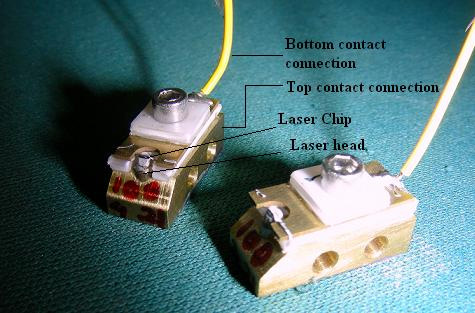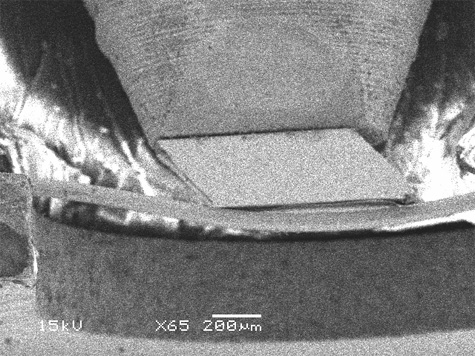
Lasers
Nanolight and the OU Opto-electronics Group are working together to develop novel IV-VI tunable diode lasers for use in mid to long wavelength infrared (MWIR to LWIR) diode laser absorption spectroscopy (TDLAS) systems for remote sensing applications. While infrared spectroscopy is a proven tool for gas analysis TDLAS is a special technique giving optimum sensitivity, selectivity and measurement speed for most molecules of interest, such as volatile organic compounds (VOCs). Molecules such as ozone, nitrogen oxides, carbon monoxide, hydrocarbons, and other compounds within this spectral window can be detected selectively down to well below part per billion levels. The applications of gas sensing are vast, as everyone can potentially benefit from the technology whether it is due to increased security measures, pollution monitoring, or improved medical diagnostics.


For remote gas sensing applications, TE-cooled lasers operating at room temperature with single-mode tunable CW operation and narrow linewidths are desired but not currently available. Currently, the best suitable diode lasers for this application are IV-VI lead salt diode lasers because of their large and easy tuning, narrow linewidth, and reproducibility. Their performance calls for improvement, however, because of their currently low operating temperatures and low single-mode output powers.
To take full advantage of IV-VI materials including easy tuning, edge-emitting lasers in the [110] orientation are being developed. Compared with the conventional [100] oriented materials, the [110] orientation provides higher material quality, high modal gain and partially lifts the "L-valley degeneracy". Lifting this degeneracy leads to the reduction of the threshold carrier concentration by up to a factor of four, thus leading to high-temperature and long-wavelength operation. Exploitation of this fact is perhaps the greatest advantage of IV-VI laser materials.

